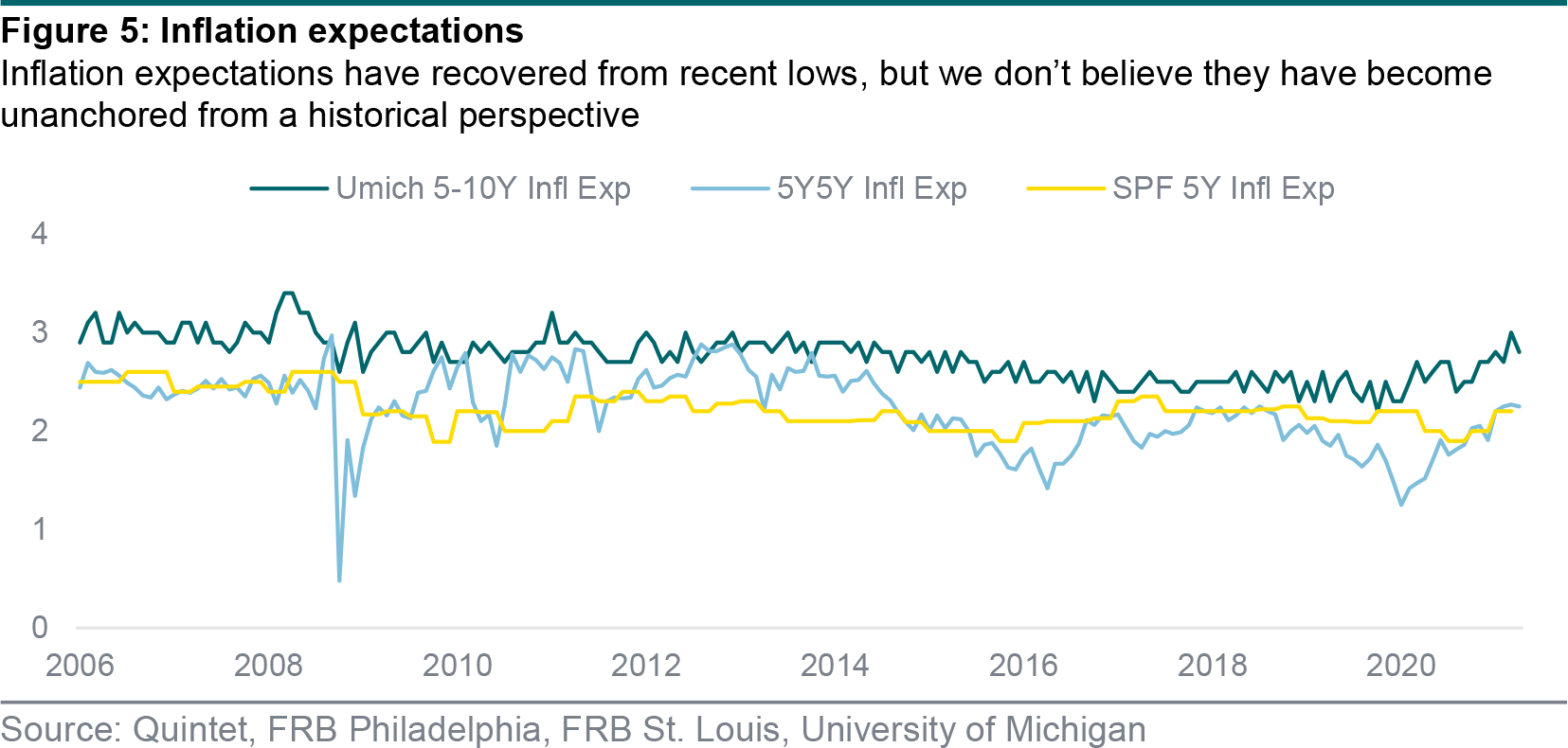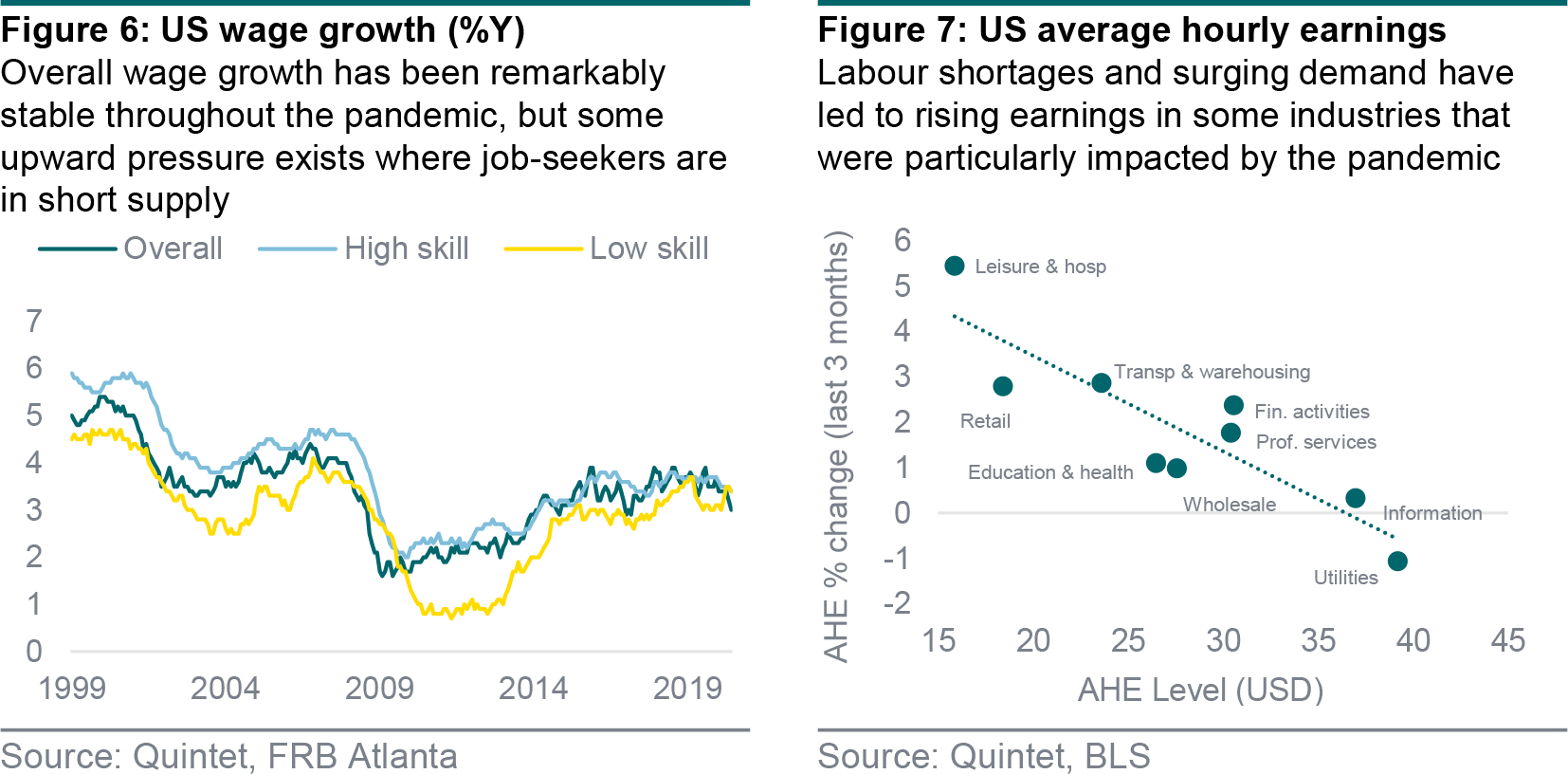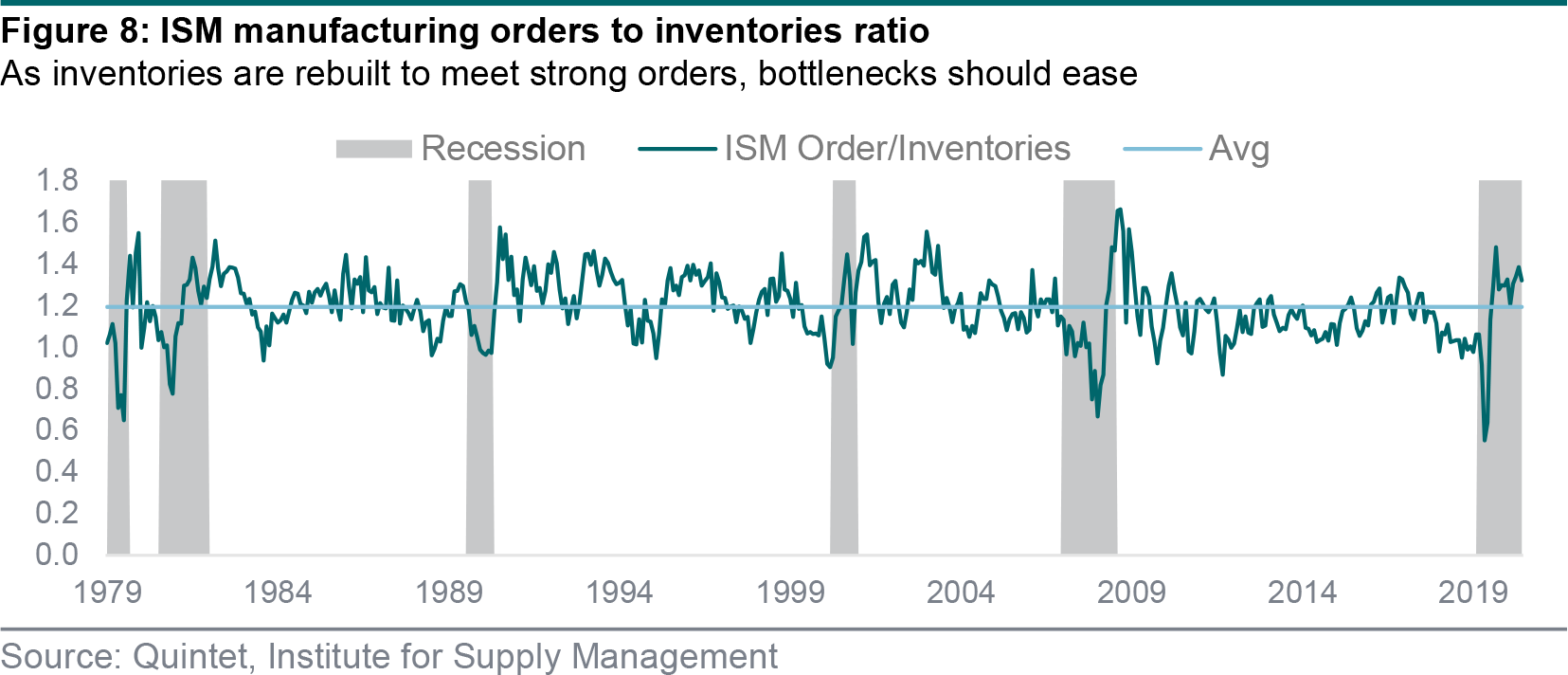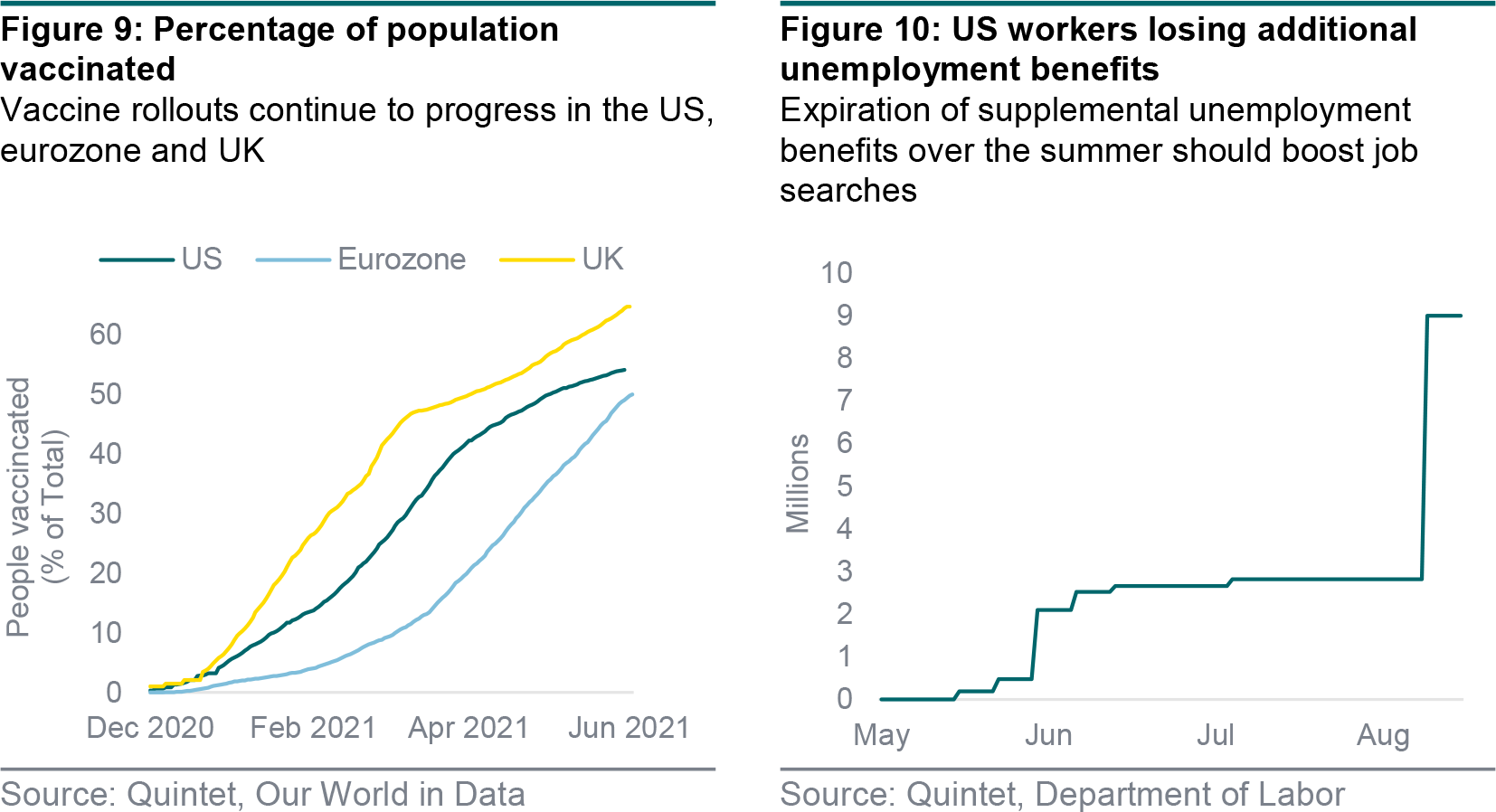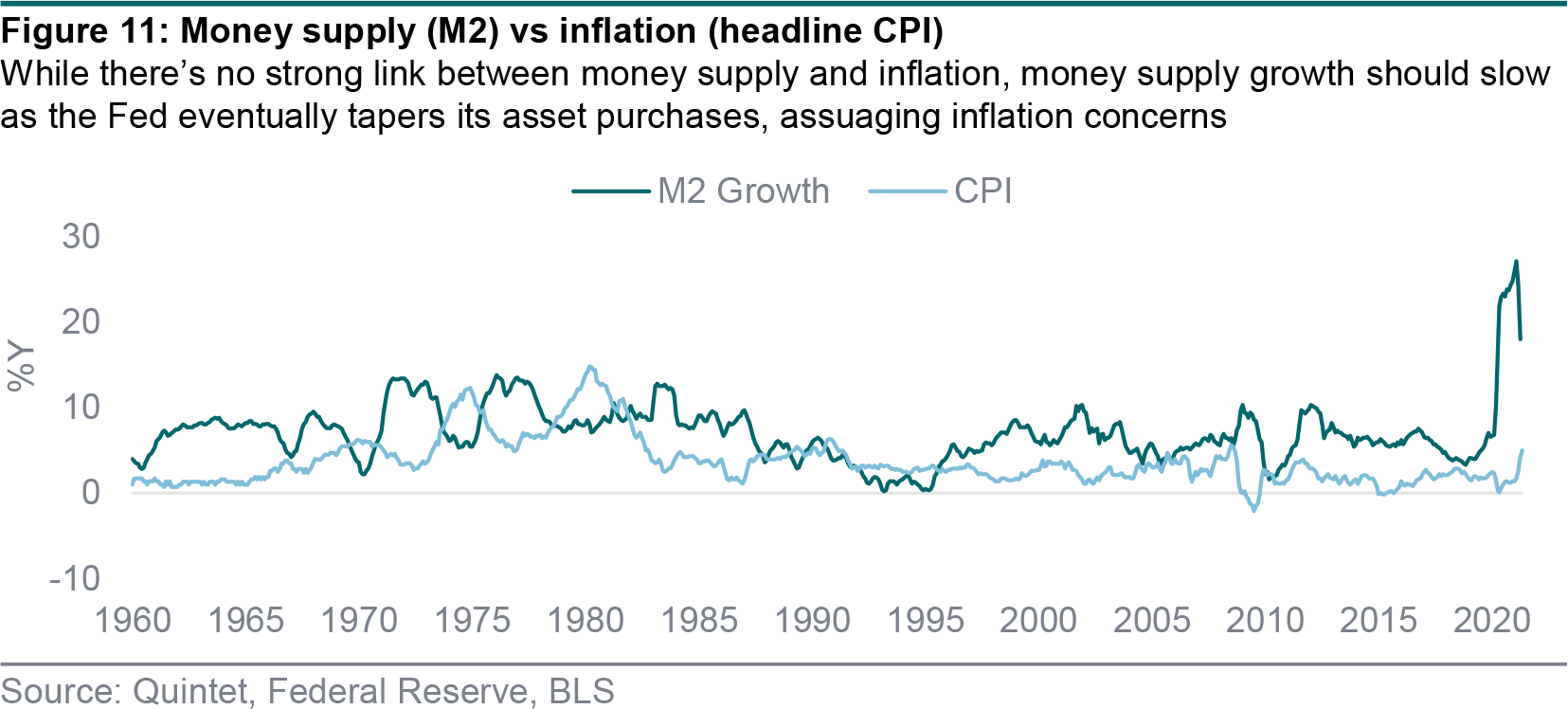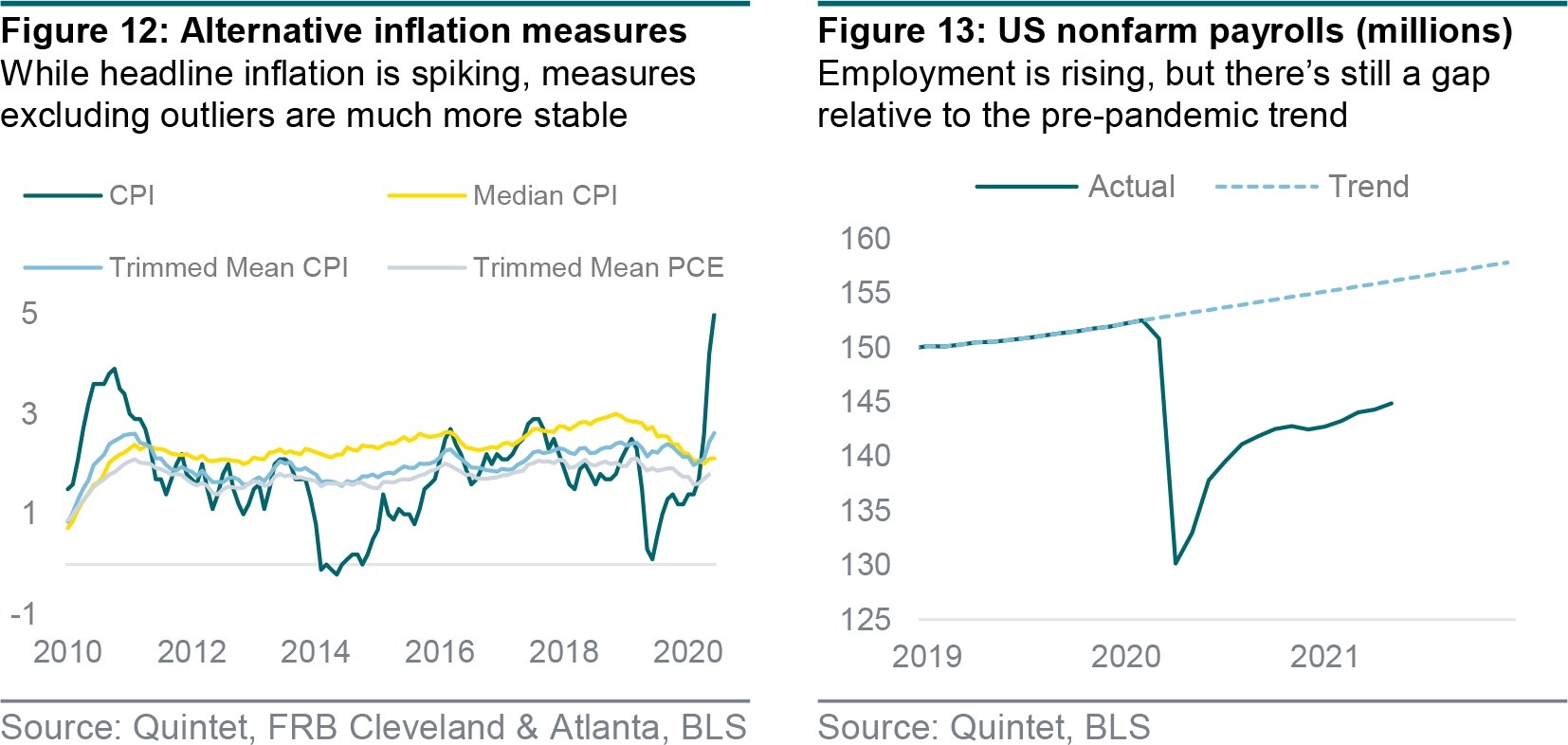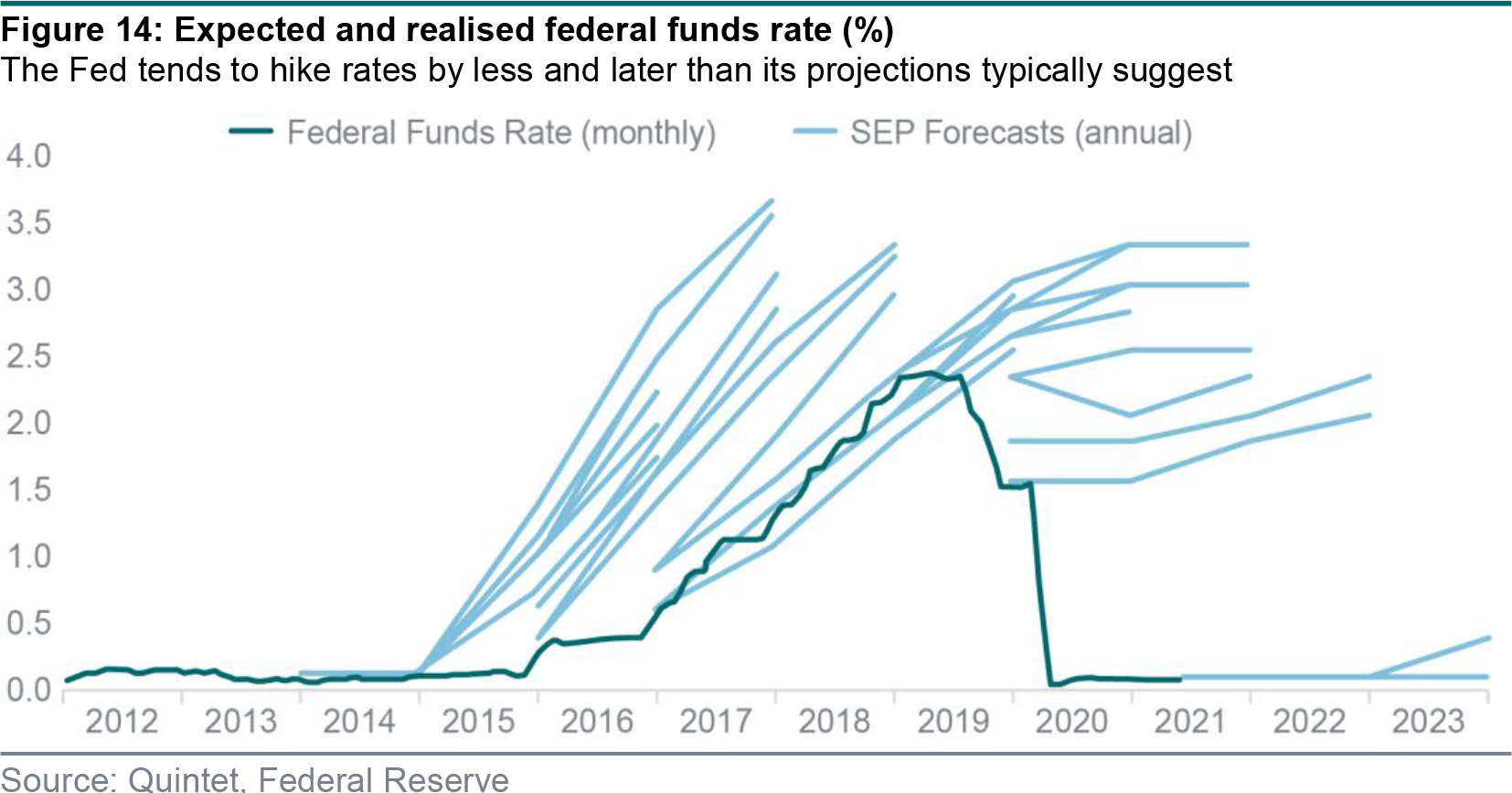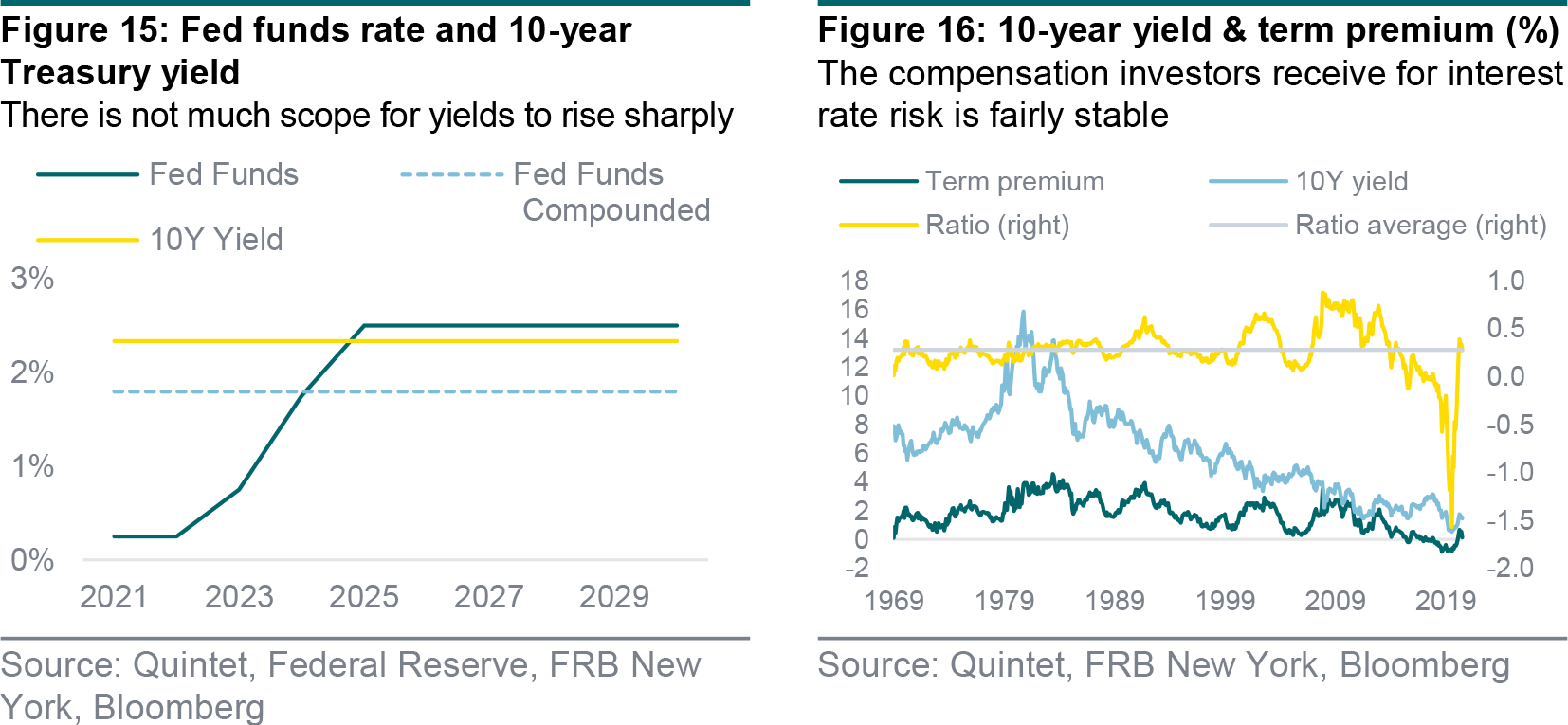-
Quintet Group
Choose your location
- EN
- Contact Us
Choose your location
Menu
-
What we do
Where do I start?Discover 7 stories inspired by our clients, where Quintet can help you take the right decision, in collaboration with BlackRock.

-
Insights
- Insights
- All insights
- Markets and investing
- ESG and Sustainable investing
- Wealth Planning
- Beyond markets
Counterpoint Outlook 2025: New horizonsAs we turn the page on 2024, one thing is clear: the world we invest in continues to evolve. The past year defied expectations, surprising us with economic resilience even as markets braced for turbulence. So, what did we learn, and how can we better prepare for what 2025 might bring?
-
Sustainability
- Sustainability
- Why sustainability matters
- Embracing sustainability in our practices
- Active Ownership
- Our journey towards corporate sustainability
2023 Corporate Sustainability ReportDiscover how we put environmental, social and governance matters at the heart of our business.
-
About us
2024 Global Private Banking Awards
Quintet was recognized as the best private bank in Luxembourg at the 2024 Global Private Banking Awards.

-
Careers







